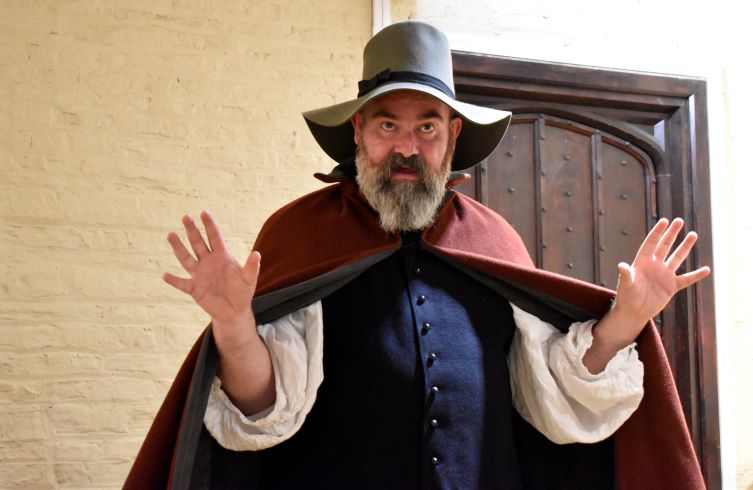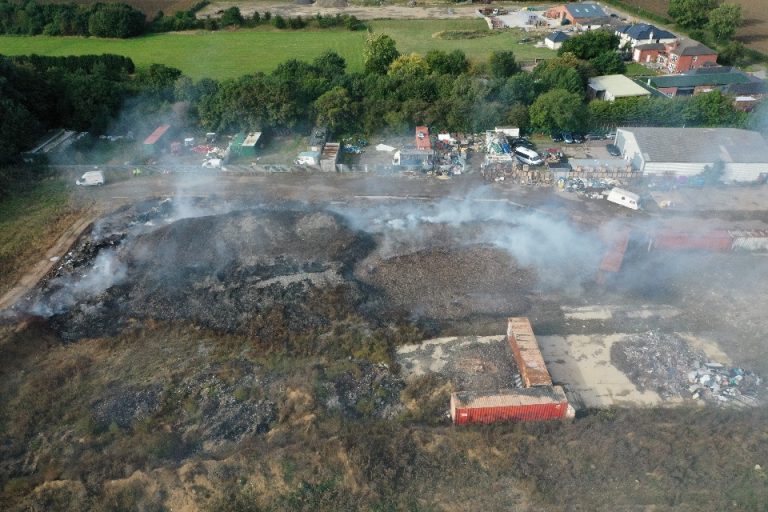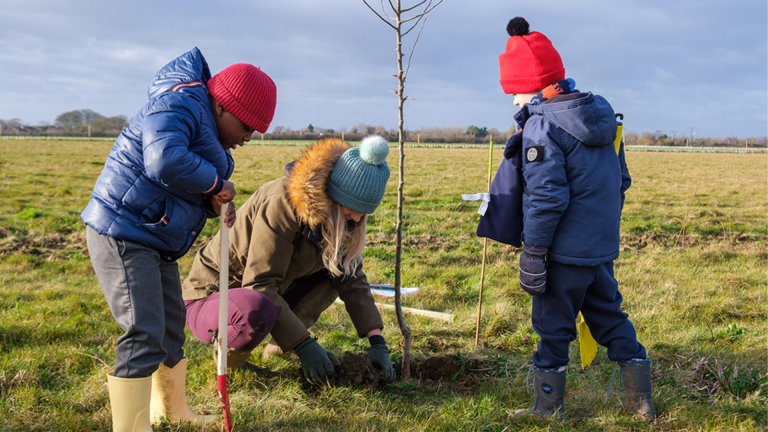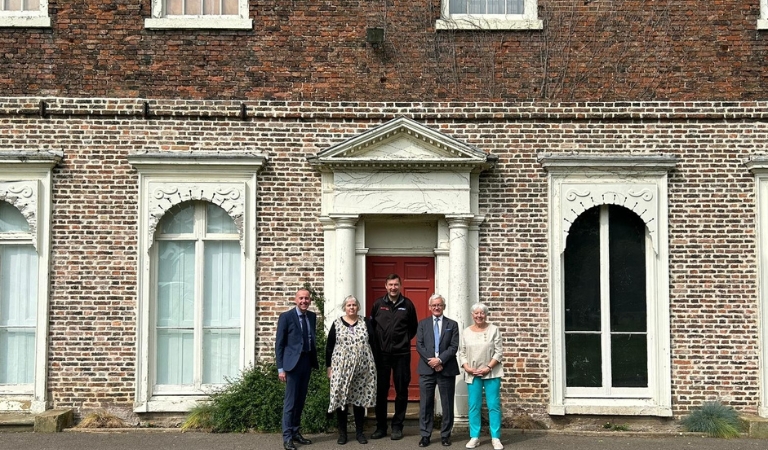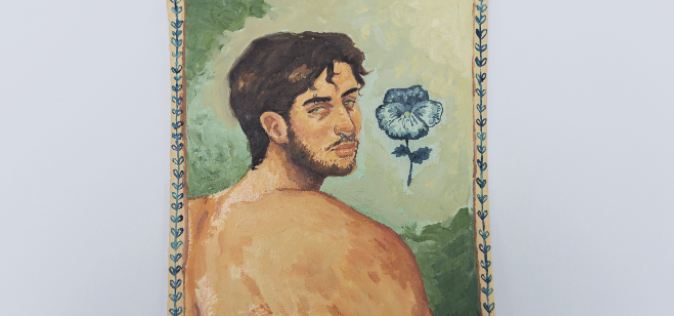Comedy professor returns for annual spooky lecture
Council teams up to crack down on fly-tipping
Free festival draws the crowds to Grantham Market Place
Christmas Tree Festival returns to St Botolph’s Church
In partnership with the St Botolph’s Church, Boston Borough Council has announced the return of the indoor Christmas Tree Festival.
Nine jailed for operating illegal waste site in Lincolnshire
- Paul Canner, 53, of Main Road, Bilstone, Nuneaton, was sentenced to 26 months’ immediate imprisonment.
- His wife Judith Canner, 55,of the same address was sentenced to 16 months’ immediate imprisonment.
- Their son Joshua Canner, 29, of Laburnum Avenue, Newbold Verdon was sentenced to 16 months’ immediate imprisonment.
- Sonial Surpal, 52 of Round House Road, Coventry, was sentenced to 13 months’ immediate imprisonment.
- Luke Woodward, 37, of Willow Road, Nuneaton, was sentenced to 11 months’ immediate imprisonment.
- Marcus Chapman, 39, of Egmanton Drive, Mansfield, was sentenced to 12 months’ imprisonment, suspended for 18 months. He has been ordered to do 200 hours of unpaid work.
- Peter Wainwright, 32, of Dexter Lane, Hurley, Atherstone, Warwickshire, was sentenced to 16 months’ immediate imprisonment.
- Nathan Jones, 43, of Carnation Road, Shirebrook, Mansfield, was sentenced to 16 months’ immediate imprisonment.
- Daniel Lippitt, 55, of Lubbersthorpe Road, Leicester, was sentenced to nine months’ imprisonment, suspended for 18 months. He has been ordered to do 200 hours of unpaid work.
- Landowners James Baggeley, 38, of Back Lane, Foston, and Marc Greenfield, 46, of Fosse Road, Brough, will be sentenced on 16 December 2024, as will Robert Malone, 41, of Ribble Prospect, Clitheroe, the sole director of NWR 2004 Limited, and Fletcher Plant Limited, the latter two after proceeds of crime investigations have been completed.
County Council gears up for tree and hedging plant giveaway
Lincoolnshire’s farmers, landowners and community groups can sign up to get 50 free trees or 250 free hedging plants to plant on their land in Lincolnshire.


